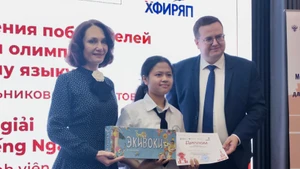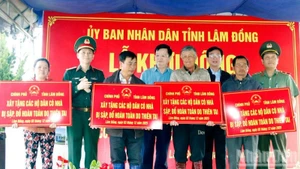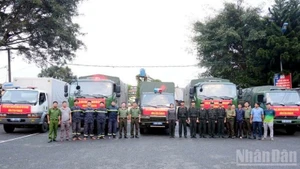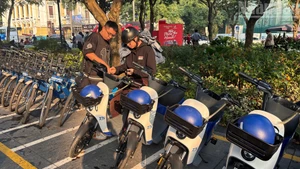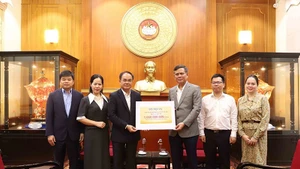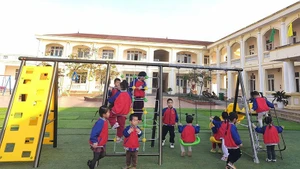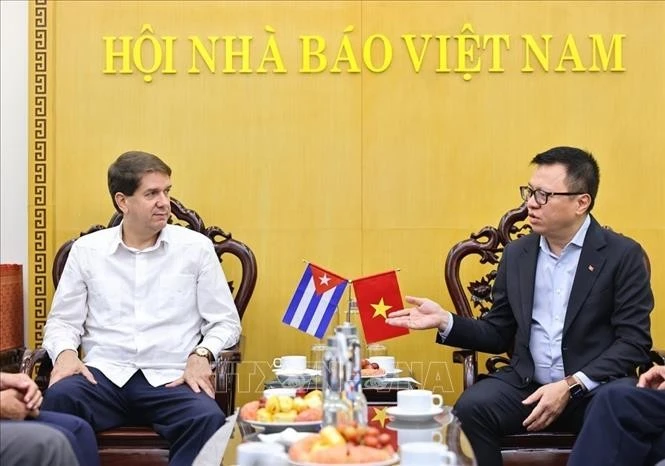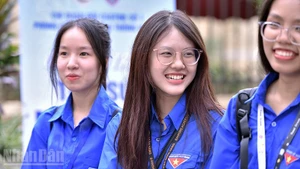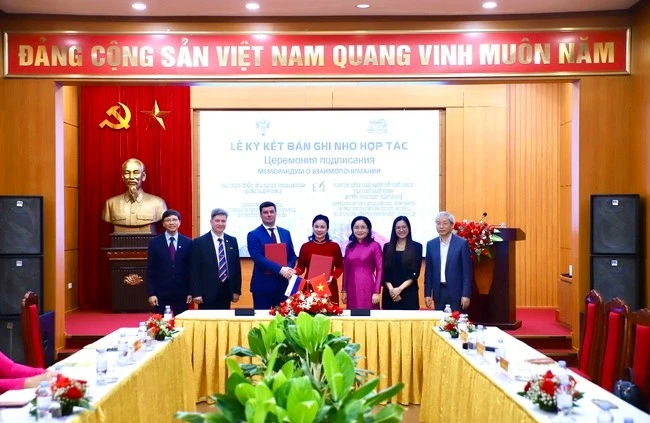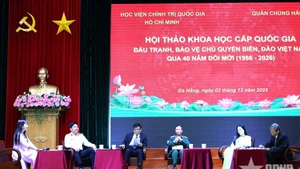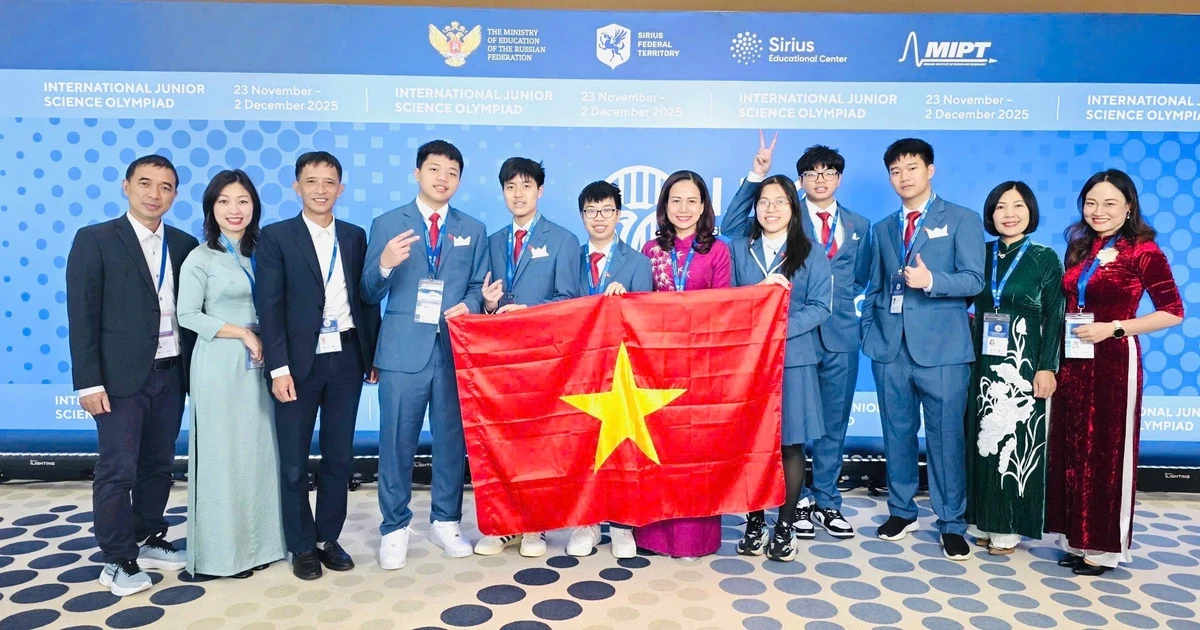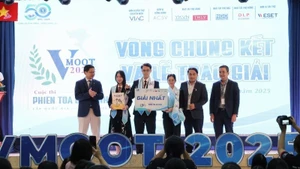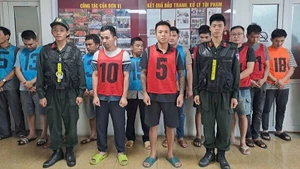The event displays nearly 200 outstanding documents and items spotlighting the role of the general headquarters of the Vietnam People’s Army, based at House and Tunnel D67 at the Thang Long Imperial Citadel, in the General Offensive and Uprising in the spring of 1975.
It also emphasises the flexible and timely directions issued by Party, State, and Defence Ministry leaders in the most important moments of the revolution in the South, and that those decisions created a considerable force and strength for the revolution to achieve the complete victory and the country to be reunified.
Visitors can also scan a QR code to access virtual information on the events and 24 late officials who were Politburo members of the third-tenure Vietnam Workers’ Party Central Committee. There are also permanent members of the Central Military Commission, leaders and commanders on battlefields, and some others attending the expanded Politburo conference from December 18, 1974 to January 8, 1975, which laid the decisive foundation for the liberation of the South in the spring of 1975.
House and Tunnel D67 is an important revolutionary relic site. From 1968 to 1975, this place served as the general headquarters of the Vietnam People’s Army and the venue of many secret meetings of the Politburo and the Central Military Commission, which made a number of strategic decisions on the revolution in the South.
In particular, from late 1974, grasping changes in the southern battlefield situation, the Politburo issued timely strategic and key directions. Within about 75 days, from January 8 to March 25, 1975, it changed the strategic policy thrice, from “liberating the South in 1975 and 1976” to “liberating the south in 1975” and finally “liberating the South before the rainy season of 1975”.
Those flexible, creative, and timely directions mobilised the combined strength of the entire nation for the complete victory of the historic Ho Chi Minh Campaign that liberated the South and reunified Vietnam.

